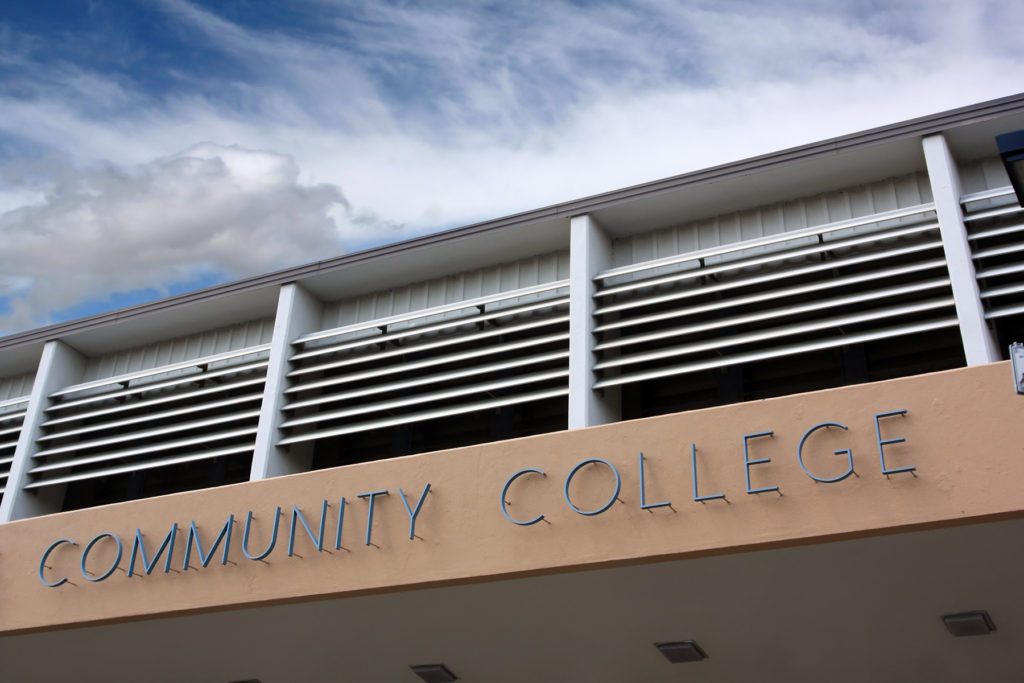
Aug. 19. It looks like three local community colleges scored at the low end of a nationwide list of community colleges put out by WalletHub, a personal finance website that monitors credit scores and conducts a wide variety of national surveys on everything from credit card usage to economic conditions.
Out of 698 community colleges surveyed, WalletHub said Rowan-Cabarrus Community College came in at No. 646; Central Piedmont Community College came in at No. 649; and Mitchell Community College came in at No. 668.
The Top Five community colleges in the US were in Missouri, Arkansas, California, Iowa and Wyoming, according to WalletHub.
Jeff Lowrance, vice president of communications at Central Piedmont, said rankings such as these can be good discussion starters.
“Given the diversity of populations served by community college across the nation, even just within North Carolina, how could anyone begin to rank the colleges one to 700?” Lowrance said, explaining that CPCC “will continue to focus on serving the residents and employers of Mecklenburg County and that will be our measuring stick.”
Fall semester classes at CPCC began Aug. 10 in multiple formats – online, hybrid, blended and face-to-face. Face-to-face instruction will be completed prior to the Thanksgiving holiday; after Thanksgiving, remaining class work will be finished online.
Stand-outs in NC
Some community colleges in NC scored well on the WalletHub survey. Carteret Community College, Montgomery Community College and Bladen Community College were among the Top Five nationwide in terms of lowest student/faculty ratio. Pamlico Community College ranked in the Top Five for highest graduation rates.

James E. Bartlett II
James E. Bartlett II, Ph.D., an associate professor of Community College Leadership and director of academic programs at North Carolina State University, said policymakers need to ensure that schools are not only having high graduation rates and rewarding these achievements, but they also need to make sure that those attaining certificates, diplomas, and degrees align with the needs of the local labor market.
“Community colleges have always had complex missions of preparing people for work and preparing their students to move on to complete 4-year degrees. I think community colleges should focus on developing individuals for careers and college,” Bartlett said.
A COVID-19 world
CPCC, meanwhile, is working hard to offer as many online courses as possible while keeping everyone who needs to come to campus as safe as possible during the pandemic, Lowrance said.
One of the main challenges for community colleges will be placing their career and technical education course online.
“Schools are going to have to think outside of the box to find ways to offer hands-on instruction in ways that allow students to either be in small groups or at a distance,” Bartlett said.
One example could be to have students participate in an apprenticeship model where they have part of their instruction online and the hands-on learning done with a mentor in an on-the-job setting.
Another challenge is going to be the development of all faculty to deliver high-quality programs using distance education technology.
Funding for community colleges is likely going to be a challenge soon. At this point, it is hard to determine the enrollment growths and the impact of state budgets. Because community colleges are funded in different manners across the country, it is hard to predict the impact.
Methodology
WalletHub selected a sample of 698 schools from the list of member institutions in the American Association of Community Colleges. Due to data limitations, they did not include all member schools.
WalletHub evaluated the schools based on three key dimensions: Cost & Financing; Education Outcomes; and Career Outcomes. There were 18 total metrics, each graded on a 100-point scale.
Rowan-Cabarrus could not be reached for comment.
| Best Community-College Systems by state
Source: WalletHub |
|
| 1. Wyoming | 11. Minnesota |
| 2. Washington | 12. North Dakota |
| 3. Maryland | 13. Colorado |
| 4. Hawaii | 14.Virginia |
| 5. Connecticut | 15. Oregon |
| 6. New Mexico | 16. West Virginia |
| 7. New York | 17. Wisconsin |
| 8. California | 18. Tennessee |
| 9. Arkansas | 19. Michigan |
| 10. South Dakota | 20. Kentucky |



